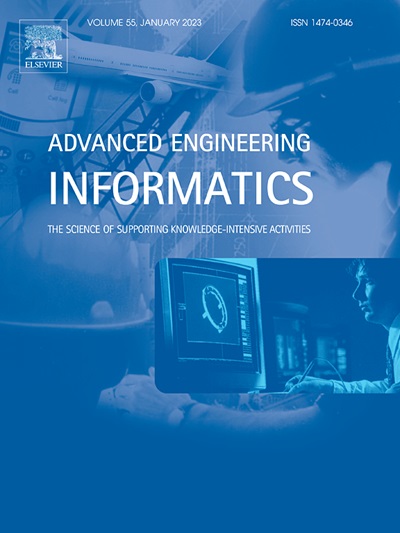A self-supervised masked spatial distribution learning method for predicting machinery remaining useful life with missing data reconstruction
IF 8
1区 工程技术
Q1 COMPUTER SCIENCE, ARTIFICIAL INTELLIGENCE
引用次数: 0
Abstract
Accurately predicting the remaining useful life (RUL) of machines is vital for assessing machine health and minimizing economic losses resulting from downtime in sensor-equipped machines. However, real-world applications often encounter challenges such as rapid production cycles and unstable network conditions, inevitably leading to significant amounts of missing data. This challenges data-driven machinery RUL prediction, as conventional deep learning methods may struggle with missing data, impacting prediction accuracy. To address the issue, a missing data reconstruction method based on self-learning of mask spatial distribution is proposed. The structured spatial distribution characteristics of the mask, learned by the autoencoder, serve as self-supervised information for the imputation network to improve the data reconstruction performance. Meanwhile, a multi-task learning-enhanced prediction network architecture with adaptive weight adjustment is designed, defining tasks by RUL prediction under different data reconstruction accuracies. After pre-training on multiple tasks, the prediction network’s learning efficiency benefits from incorporating both common and task-specific rules for feature extraction from similar reconstructed data distributions. The proposed method is evaluated through ablation and comparative tests on application scenarios and standard datasets. Experimental results show that the proposed algorithm performs competitively against state-of-the-art data reconstruction algorithms on these test suites.
求助全文
约1分钟内获得全文
求助全文
来源期刊

Advanced Engineering Informatics
工程技术-工程:综合
CiteScore
12.40
自引率
18.20%
发文量
292
审稿时长
45 days
期刊介绍:
Advanced Engineering Informatics is an international Journal that solicits research papers with an emphasis on 'knowledge' and 'engineering applications'. The Journal seeks original papers that report progress in applying methods of engineering informatics. These papers should have engineering relevance and help provide a scientific base for more reliable, spontaneous, and creative engineering decision-making. Additionally, papers should demonstrate the science of supporting knowledge-intensive engineering tasks and validate the generality, power, and scalability of new methods through rigorous evaluation, preferably both qualitatively and quantitatively. Abstracting and indexing for Advanced Engineering Informatics include Science Citation Index Expanded, Scopus and INSPEC.
 求助内容:
求助内容: 应助结果提醒方式:
应助结果提醒方式:


